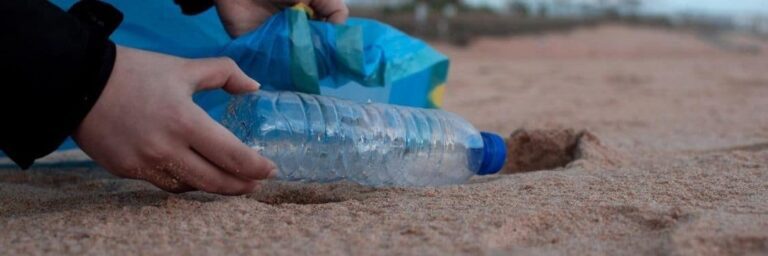Both the local communities and the global leaders have been calling for the best solution for the rubbish throwaway culture. Beyond the households and individuals, waste has been representing a broad challenge that affects livelihoods and human health, prosperity and environment. Poorly managed waste has been contaminating the oceans, clogging drainage systems and causing floods, increasing the respiratory problem, transmitting diseases, harming animals and fish that consume waste unknowingly and affecting tourism and economic development.
Greenhouse gases that come from waste are also a major contributor to climatic change. In the year 2016, the solid waste management generated around 5 percent of the global greenhouse gas emissions. Everyone should play a part in the management of waste. By ensuring proper and effective waste management, we will definitely achieve our development goals. We will also eliminate the negative effects associated with dumping and burning of waste. And because various institutions are taking steps to minimise the effects of waste on the environment, waste might land in different places in the near future. Here are some of the places the waste we produce in our businesses and households may land in the future.
Pay as you throw bins
Apart from knowing whether your skip or bin is full, waste collection companies will also know the weight and the type of waste you are throwing in it. The Pay As You Throw waste management model that might feature weight-based charging might make a great incentive for the generators to start diverting to recovery.
Recycling plants
What would happen if trucks stopped coming to your home for garbage collection or you were required to the reprocessing facility? Instead of dumping the waste and forgetting everything about it, you will reprocess it and get paid for the raw materials or take the material home for use in your 3D printing. Some of the factories are small and mobile but are able to produce 3D-printing filaments, metal and plastic toys from the garbage.
The factories are customisable to reprocess various types of waste. The technology is at its infancy stage, but cutlery, clothing, car parts and computers, drones, prosthetic limbs, telescopes and weapons producers have been using 3D printers. The ability to produce some of the items we need in our homes means that we will stop relying on external manufacturing. Manufacturing will reduce landfills.
Pneumatic refuse collection systems
The other common name for pneumatic refuse collection systems is the automated vacuum collection systems. Modern technology ensures faster waste transportation with the assistance of pneumatic tubes situated near the ground. After the refuse gets into the system, it moves to a collection depot for further sealing to await transportation and disposal.
Montreal tried to use the pneumatic refuse collection systems and invested over 3 million dollars in the operations but they decided to abandon the project after a short time. Another such project is underway and it will start in Carmel, Indiana. The futuristic thing about the model is that the people behind it will develop it further.
In the near future, it might be available in all parts of the world – a single system to help in the management of waste in all parts of the world through underground tunnels. Advanced automated segregation systems might be the exit points of the common garbage collection systems, which complete the processing before a recycling process ends.
Waste to fuel plants
People have relied on the generation of heat and electricity from waste sources. However, there is a need to avoid using fossil fuels in the boilers and therefore MRFs are opting for fuel manufacture loops. The technology is suitable for the higher calorific carbon-neutral fuels such as contaminated organics and tyres. The fuels are likely to supply most markets.
Most wastewater contain around 10 times more energy than what is needed to process them. That has made the production of energy from wastewater more effective and profitable. Water-energy nexus concept has made that a reality. The benefits of this concept are very many, include more energy at less cost, less pollution, and clean water that people can use for various purposes.
Scientists from Barcelona found a better way of absorbing organic matter from the wastewater with the help of bacteria. Their method facilitates the transformation of organic wastes in the wastewater into hydrogen to allow faster and easier conversion of the rest to energy. That makes the wastewater treatment process cheaper and provides more post products. The processors can sell, store or use the energy.
We are living in an era of rapid population growth and urbanisation. Therefore, solid waste management is important for sustainable, healthy and inclusive communities and cities. Failure to take the right actions the waste might harm the environment. In the near future, waste will end up in more places like those we have discussed.
Paul’s Rubbish Removal works around the idea of preserving the environment through proper disposal and always being environmentally-conscious about our efforts. We help residents lead the right way for correct rubbish disposal. We also deal with commercial and construction rubbish to ensure that their waste are properly managed. The wildlife are not at risk in any shape or form as a result of the runoff waste.







